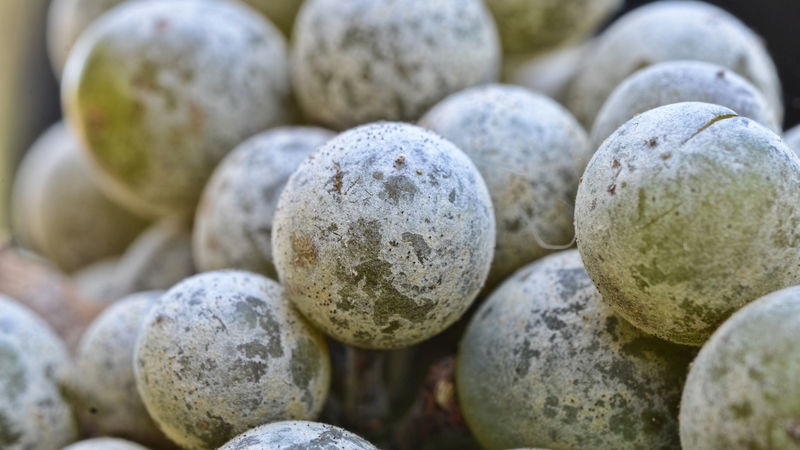California City Battles To Save Historic Orange Tree

More than two years into a quarantine on citrus trees in much of Southern California, the Asian citrus psyllid continues to spread. According to a post on the California Department of Food and Agriculture (CDFA)’s blog, this spring researchers discovered the tiny insects on the 140-year-old Eliza Tibbets tree in Riverside, known as the parent of navel orange trees the world over.
To control the insects’ spread, researchers already have introduced a parasitic wasp that preys on the psyllids and their larvae. Southern California growers also are using a rotating regimen of pesticides to protect the state’s $2 billion citrus crop. But protecting the Eliza Tibbets tree will require special measures, and friends of the tree are raising money to build a specialized mesh enclosure around the canopy.
Riverside citrus historian Vince Moses says the seedless navel oranges we know so well today are “a mutant of a Brazilian variety called the Selecta.” Eliza Tibbets, one of Riverside’s founders, introduced two of the Selecta’s mutant offspring to California in the 1870s. Beside her house in Riverside, the trees yielded America’s first seedless fruit: large, brightly colored, and easy to peel.
Here is the rest of the CDFA’s blog post.









